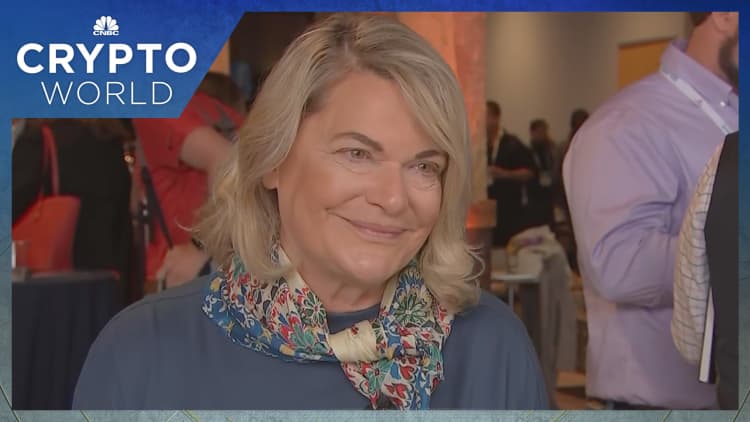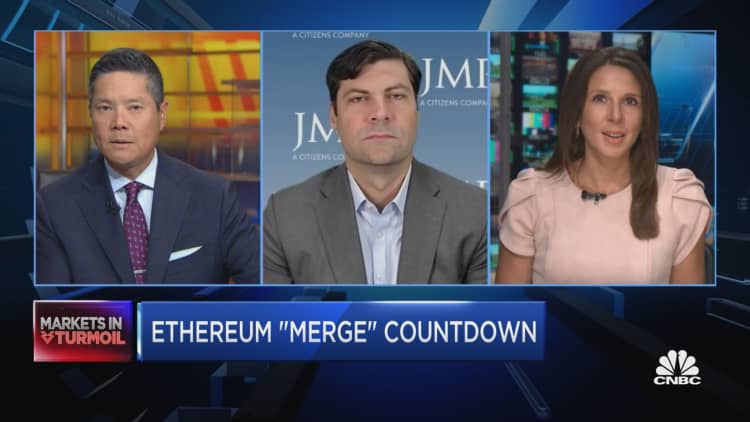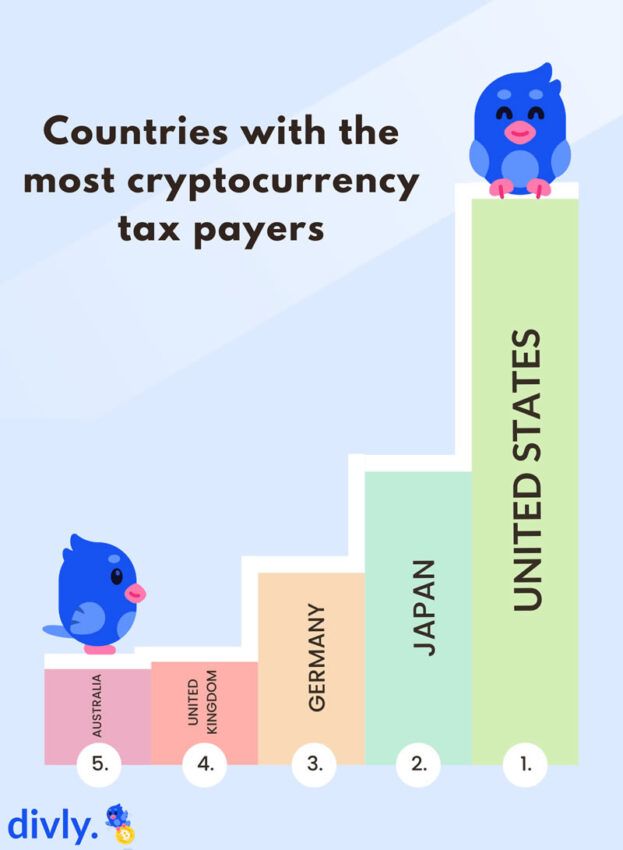Here’s what’s in the Biden framework for regulating crypto

US President Joe Biden walks from Marine One to the White House after a trip from Michigan, in Washington, US, September 14, 2022.
Tom Burner | Reuters
The Biden White House has just released its first-ever framework for what crypto regulation in the US should look like — including ways the financial industry should evolve to make borderless transactions easier, and how to crack down on fraud in the digital asset space.
The new directives flex the muscle of existing regulators such as the Securities and Exchange Commission and the Commodity Futures Trading Commission, but none provide any mandate yet. However, the long-awaited direction from Washington has caught the attention of both the crypto industry as a whole – and investors in this nascent asset class.
The framework follows an executive order issued in March, in which President Biden called on federal agencies to investigate the risks and benefits of cryptocurrencies and issue official reports on their findings.
For six months, government agencies have been working to develop their own frameworks and policy recommendations to address a half-dozen priorities listed in the executive order: consumer and investor protection; promoting financial stability; counter illegal financing; US leadership in the global financial system and economic competitiveness; financial inclusion; and responsible innovation. Together, these recommendations constitute the first “whole of government approach” to regulating the industry.
Brian Deese, director of the National Economic Council, and national security adviser Jake Sullivan said in a statement that the new guidelines are intended to position the country as a leader in managing the digital asset ecosystem at home and abroad.
Here are some of the key takeaways from the White House’s new crypto framework.
Fight against illegal finance
Part of the White House’s new crypto regulatory framework focuses on eliminating illegal activity in the industry – and the measures proposed appear to have real teeth.
“The President will consider whether to urge Congress to amend the Bank Secrecy Act, anti-tipping statutes, and anti-unlicensed money transmission laws to apply explicitly to providers of digital assets — including digital asset exchanges and NFT (nonfungible token) platforms,” according to a fact sheet from the White House.
The president is also considering whether to push Congress to raise the penalties for unlicensed money transmission, as well as potentially changing certain federal statutes to allow the Justice Department to prosecute digital asset crimes in any jurisdiction where a victim of those crimes is found.
As for the next step, “Treasury will complete an illicit financial risk assessment on decentralized finance by the end of February 2023 and an assessment on non-fungible tokens by July 2023,” the fact sheet says.
Crime is rife in the digital asset sector. More than $1 billion in crypto has been lost to fraud since the start of 2021, according to Federal Trade Commission research.
Last month, the SEC said it charged 11 people for their roles in creating and promoting a fraudulent crypto pyramid and Ponzi scheme that raised more than $300 million from millions of retail investors worldwide, including in the United States. Meanwhile, in February, U.S. officials seized $3.6 billion worth of bitcoin — their largest seizure of cryptocurrencies ever — related to the 2016 hack of crypto exchange Bitfinex.

A new kind of digital dollar
The framework also points to the potential for “significant benefits” from a US central bank digital currency, or CBDC, which you can think of as a digital form of the US dollar.
Right now, there are several different types of digital US dollars.
Sitting in commercial bank accounts across the country are electronic US dollars, which are partially backed by reserves, under a system known as fractional-reserve banking. As the name suggests, the bank holds in its reserves a fraction of the bank’s deposit obligations. Transferring this form of money from one bank to another or from one country to another operates on older financial rails.
There are also a number of USD-pegged stablecoins, including Tether and USD Coin. Although critics have questioned whether Tether has enough dollar reserves to back its currency, it remains the largest stablecoin on the planet. USD Coin is backed by fully-reserved assets, redeemable on a 1:1 basis for US dollars, and is governed by the Centre, a consortium of regulated financial institutions. It is also relatively easy to use wherever you are.
Then there is the hypothetical digital dollar that would be the Federal Reserve’s take on a CBDC. This would really just be a digital twin of the US dollar: Fully regulated, under a central authority, and with the full faith and support of the country’s central bank.
“A dollar in CBDC form is a responsibility of the central bank. The Federal Reserve has to pay you back,” explained Ronit Ghose, who heads fintech and digital assets for Citi Global Insights.
Federal Reserve Chairman Jerome Powell previously said that the main incentive for the US to launch its own central bank digital currency, or CBDC, would be to eliminate the use case for cryptocurrencies in America.
“You wouldn’t need stablecoins; you wouldn’t need cryptocurrencies if you had a digital US currency,” Powell said. “I think that’s one of the strongest arguments in its favor.”
In the White House’s new framework, it points to the fact that an American CBDC can enable a payment system that is “more efficient, provides a basis for further technological innovation, facilitates faster transactions across national borders and is environmentally sustainable”.
“It can promote financial inclusion and equity by providing access for a broad set of consumers,” the report continues.
To that end, the administration encourages the Fed to continue its ongoing research, experimentation and evaluation of a CBDC.

Safeguarding financial stability
Central bankers and US lawmakers have for years lamented the rise of stablecoins, a specific subset of cryptocurrencies that have a value tied to a real asset, such as a fiat currency like the US dollar or a commodity like gold.
These non-governmental digital tokens are increasingly being used in domestic and international transactions, which is scary for central banks because they have no say in how this space is regulated.
In May, the collapse of TerraUSD, one of the most popular US dollar-pegged stablecoin projects, cost investors tens of billions of dollars as they pulled out in a panic that some have compared to a bank run. Widespread buy-in – and public PSAs – from respected financial institutions lent credibility to the project, further driving the narrative that it was all legitimate.
The implosion of this stablecoin project led to a series of insolvencies that wiped out nearly $600 billion in assets, according to the White House.
“Digital assets and the mainstream financial system are becoming increasingly intertwined, creating channels for turbulence to have spillover effects,” according to the White House fact sheet.
The framework goes on to single out stablecoins, warning that they could create disruptive runs if not paired with appropriate regulation.
To make stablecoins “more secure,” the administration says Treasury will “work with financial institutions to strengthen their capacity to identify and mitigate cyber vulnerabilities by sharing information and promoting a broad range of data sets and analytical tools, as well as partnering with other agencies to “identify, track and analyze emerging strategic risks related to digital asset markets.”
These efforts will also take place in cooperation with international allies, including the Organization for Economic Co-operation and Development and the Financial Stability Board.

























